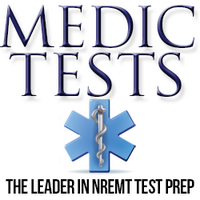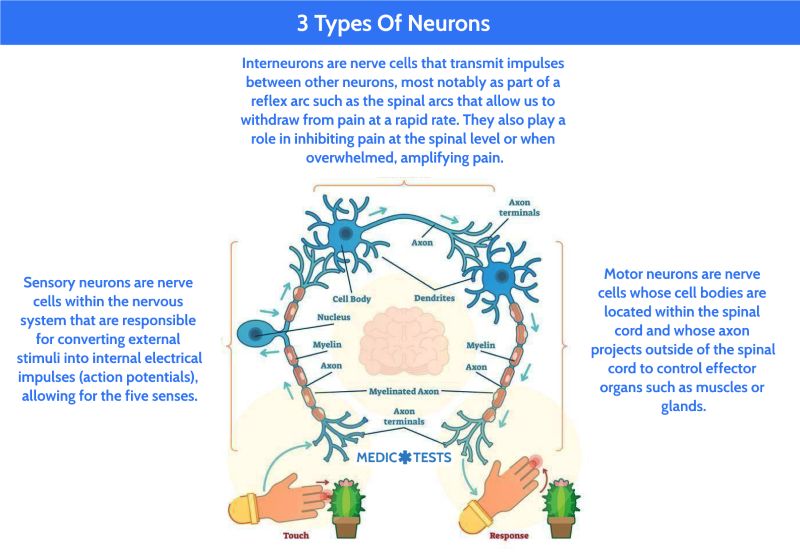
MedicTests.com
@medictests
MedicTests.com is an EMT and Paramedic test prep site. Home of the National Registry Test Simulator! Pass your tests the first time with MedicTests.com!
ID: 263446897
undefined 10-03-2011 02:00:48
12,12K Tweet
76,76K Followers
694 Following



























